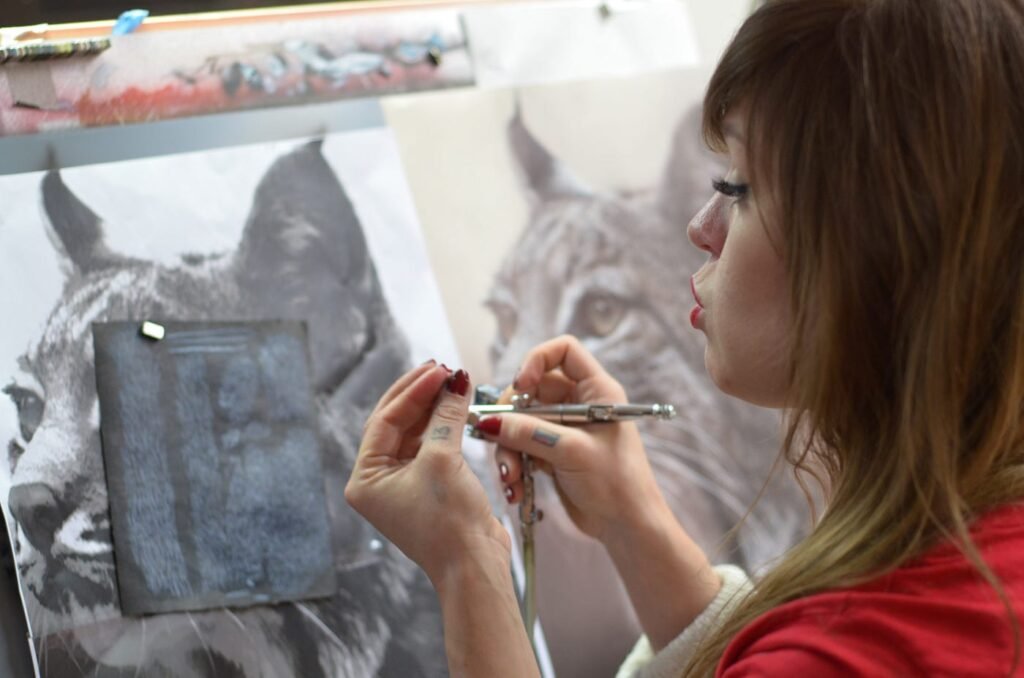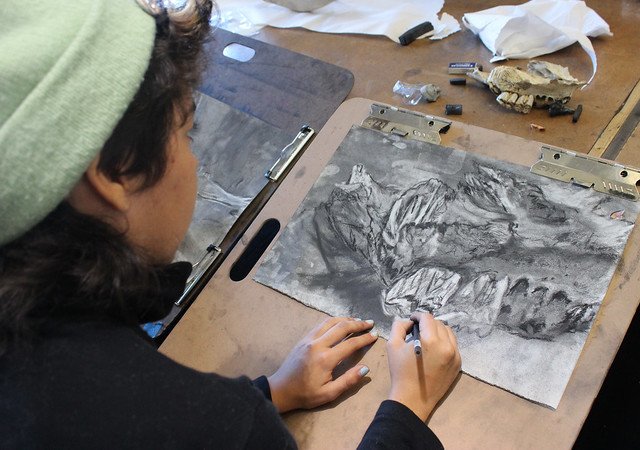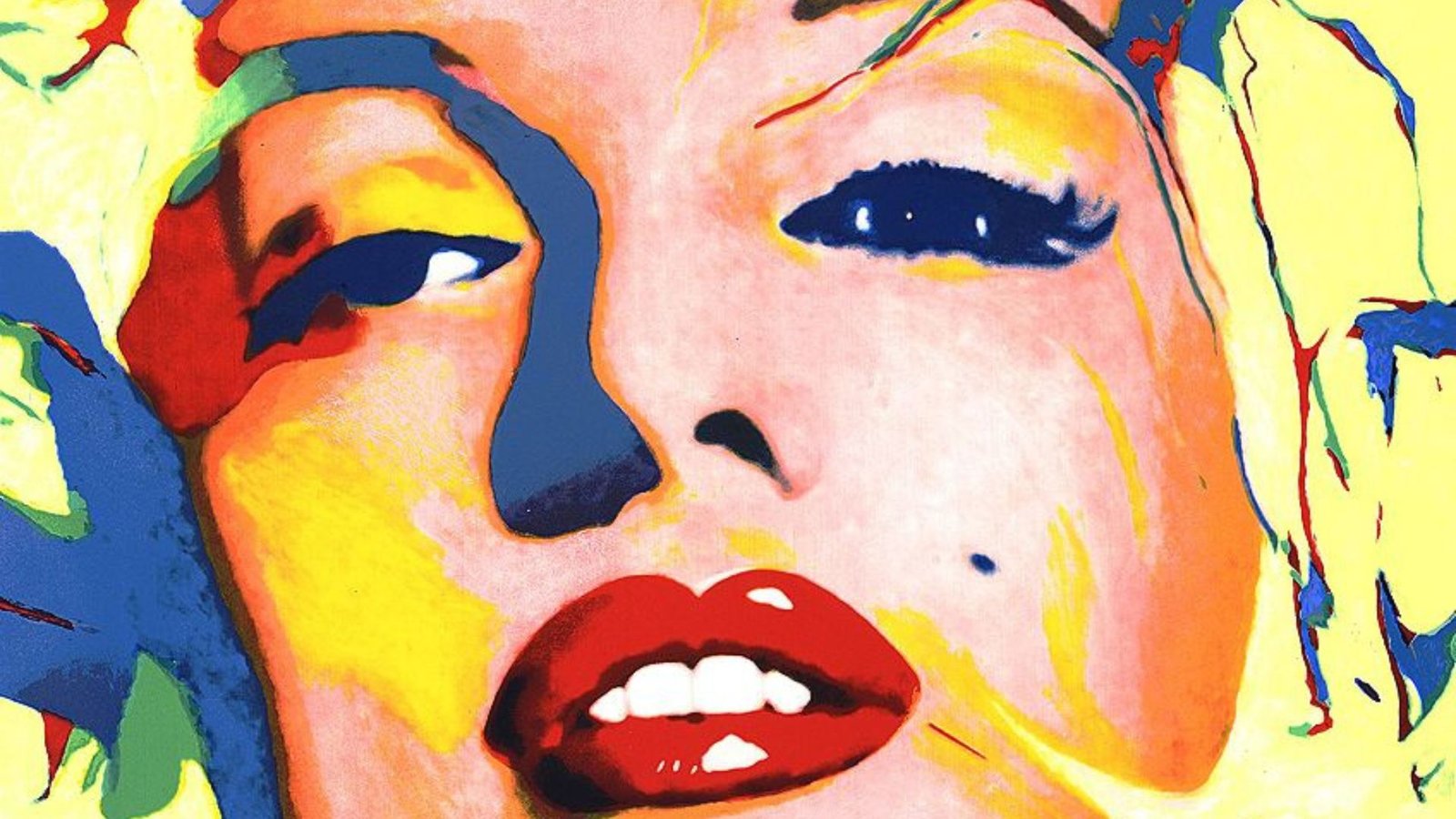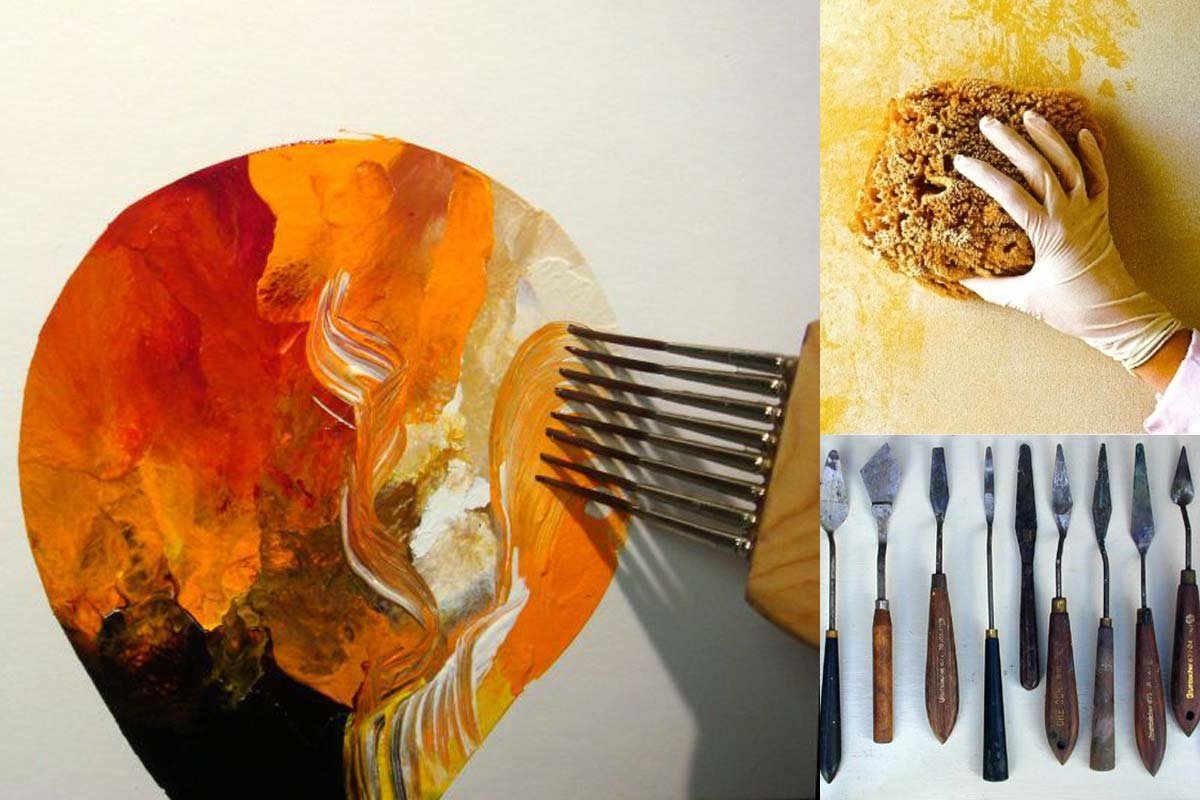One of the most effective practices for visual artists is establishing a consistent creative routine. By setting aside dedicated time each day or week for your art, you ensure that you remain engaged and productive. A structured routine helps build discipline and encourages regular practice, which is crucial for skill development and creative growth. To maintain this routine, create a comfortable and inspiring workspace that is free from distractions. Consistency in your creative process not only enhances your technical abilities but also fosters a deeper connection to your artistic vision.

Continuously Seeking Inspiration
Another essential practice for visual artists is to continuously seek inspiration. Inspiration can come from a variety of sources, including nature, art history, literature, and everyday experiences. By exposing yourself to different stimuli, you keep your creativity fresh and dynamic. Visit galleries, read books, and engage with other artists to spark new ideas and perspectives. Additionally, keeping a sketchbook or journal can be a valuable tool for capturing spontaneous thoughts and ideas. Regularly seeking inspiration ensures that your work remains vibrant and engaging.
Experimenting with Different Techniques and Mediums
Experimentation is a key practice for visual artists aiming to expand their creative repertoire. Trying out different techniques and mediums allows you to discover new ways of expressing your ideas and push the boundaries of your art. For instance, if you primarily work with acrylics, consider exploring watercolor or digital painting. Each medium offers unique possibilities and challenges that can enhance your skills and broaden your artistic range. Experimentation not only enriches your creative process but also helps you develop a more diverse and versatile portfolio.
Building a Strong Portfolio
A well-organized and comprehensive portfolio is a crucial practice for visual artists looking to showcase their work effectively. Your portfolio should include a selection of your best pieces, demonstrating your range and expertise. When compiling your portfolio, focus on quality over quantity, and ensure that each piece aligns with your artistic goals. Additionally, consider presenting your work both online and offline to reach a wider audience. An impressive portfolio serves as a powerful tool for attracting clients, galleries, and opportunities, making it an essential aspect of your artistic career.
Networking and Building Connections
Networking is an important practice for visual artists seeking to grow their presence and opportunities in the art world. Building connections with other artists, curators, gallery owners, and industry professionals can open doors to exhibitions, collaborations, and valuable feedback. Attend art shows, join online forums, and participate in workshops to engage with the artistic community. Networking not only helps you stay informed about industry trends but also provides support and inspiration from fellow artists. Cultivating these relationships can significantly impact your career and creative development.
Setting Goals and Tracking Progress
Setting clear goals and tracking your progress is a practical approach for visual artists striving to achieve their aspirations. Define short-term and long-term goals that align with your artistic vision and career objectives. For example, you might set a goal to complete a certain number of pieces each month or to secure a solo exhibition within the year. Regularly review and adjust your goals to reflect your evolving interests and achievements. Tracking your progress helps you stay motivated and provides a sense of accomplishment as you reach milestones in your artistic journey.
Maintaining a Balanced Work-Life Relationship
Maintaining a balanced work-life relationship is crucial for sustaining creativity and avoiding burnout. While dedicating time to your art is important, it is equally essential to take breaks and engage in other aspects of life. Incorporate activities that promote relaxation and well-being, such as exercise, socializing, or hobbies unrelated to art. A balanced lifestyle helps you recharge and return to your creative work with renewed energy and perspective. By managing your time effectively and prioritizing self-care, you ensure that your artistic practice remains enjoyable and fulfilling.
Conclusion
Incorporating the best practices for visual artists into your routine can greatly enhance your creative process and career development. Embracing a consistent routine, seeking inspiration, experimenting with techniques, and building a strong portfolio are foundational practices that foster artistic growth. Networking, setting goals, and maintaining a balanced work-life relationship further contribute to a successful and sustainable artistic career. By integrating these practices, you create a solid framework for both personal and professional success, ensuring that your artistic journey remains dynamic and rewarding.




